Cats are fascinating creatures, not only because of their charming personalities but also because of the colors and patterns of their fur. From the tuxedo cats to the tortoiseshells, color points, and smokes, the cat color chart is mesmerizing as a rainbow. But have you ever wondered how they get their coat color?
Much like how we get our eye and hair color from our parents, they also get their coat color from their parents. Genes play a vital role in the production of melanin, which gives color to their fur, eyes, and skin.
Melanin comes in two types. First is eumelanin, which produces black and brown colors. Meanwhile, the second type, pheomelanin, creates yellow and red tones. These genes come in pairs and dictate the color and pattern of a cat’s fur.
Now that you know how our beloved felines get their fantastic fur colors and patterns, let’s explore the cat colors chart and look at typical coat hues and patterns.
Dapper and charming, a tuxedo pattern sports a classic black and white “suit.” This iconic pattern has a predominantly black body with white markings on the cat’s chest, tummy, paws, and, sometimes, face. During embryo development, the KIT gene regulates cell migration and affects the distribution of pigment-producing cells, resulting in this genetic pattern. Cats like the American Shorthair exhibit this dapper coat pattern.
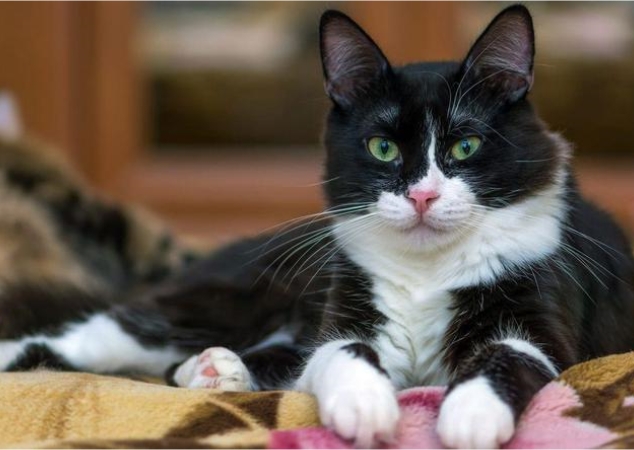
Calico cats have a striking assortment of white, black, and orange fur. This unique gene combination has tabby patterns in its orange patches, creating an eye-catching appearance. Interestingly, most calicos are females. That’s because the X chromosome dominates their genes. Breeds like the Manx and the Japanese Bobtail have this coat color.
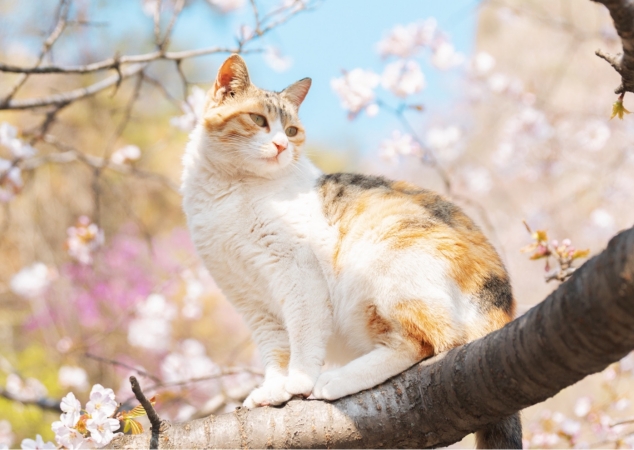
The color point is another color and pattern you can see in the cat color chart. Cats with this fur hue and marking have a lighter body shade and a darker tone on the face, ears, paws, and tail. Siamese, Himalayan, and Birman have striking eyes and distinctive colors. This pattern occurs due to temperature-sensitive melanin production, where cooler body areas show darker colors while warmer parts have lighter tones.
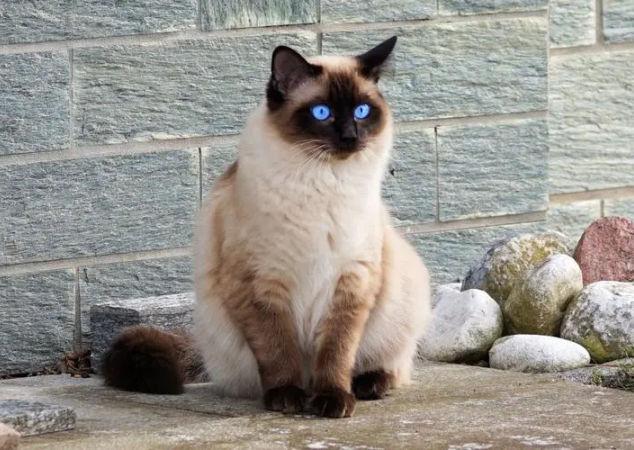
Smoke cats have a pale undercoat with dark tips on their fur. This effect is due to genetic mutation, which affects the pigment distribution along the hair shaft and creates a smoke pattern. Persian and Maine Coon are the cat breeds exhibiting this coat pattern.
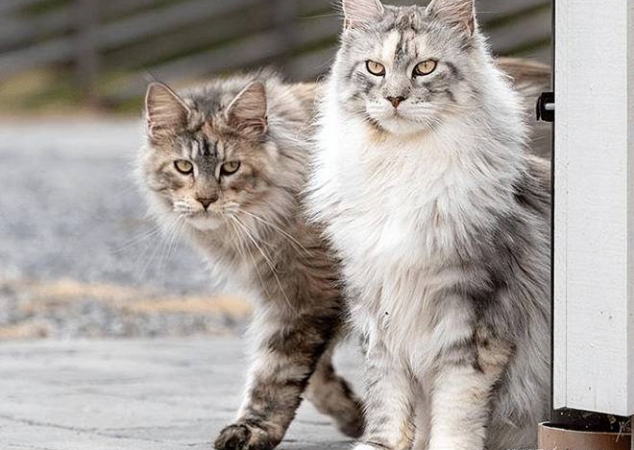
Among the colors and patterns in the cat coloration chart, tabby is the most popular. Adorned with stripes, spots, and swirls in their fur, the marking’s appearance and arrangement depend on the genetic makeup. The tabby pattern comes in four forms: mackerel, classic, spotted, and ticked, which you can find in breeds like the African and European wildcats.
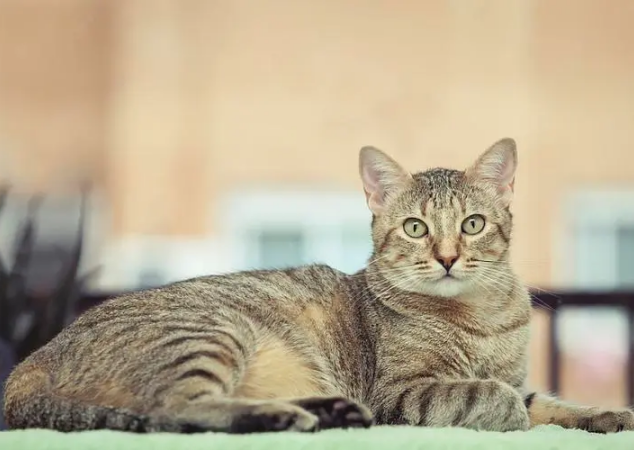
Cream-colored cats have a soft, delicate charm and pale, pastel-like coat. This hue is due to pheomelanin and the C gene, which softens the orange pigment in the cat’s fur. Breeds like Devon Rex, Abyssinian, and Persian have this coat color.
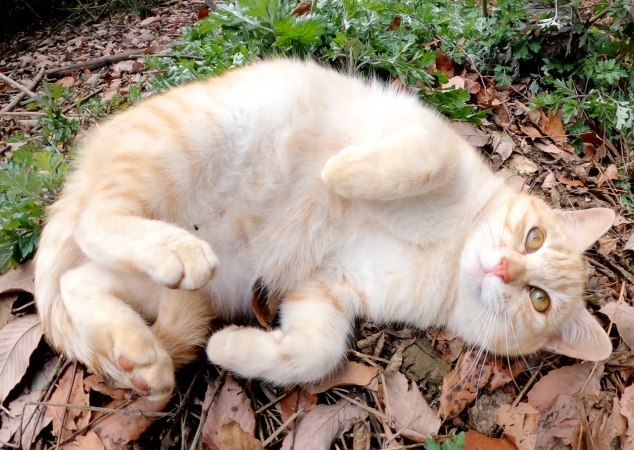
Chinchilla has an ethereal vibe compared to the colors and patterns in the cat color chart. Chinchilla felines mostly have white fur with darker tips, creating a luminous effect on their coat. Persian is often seen with this exquisite coat pattern.
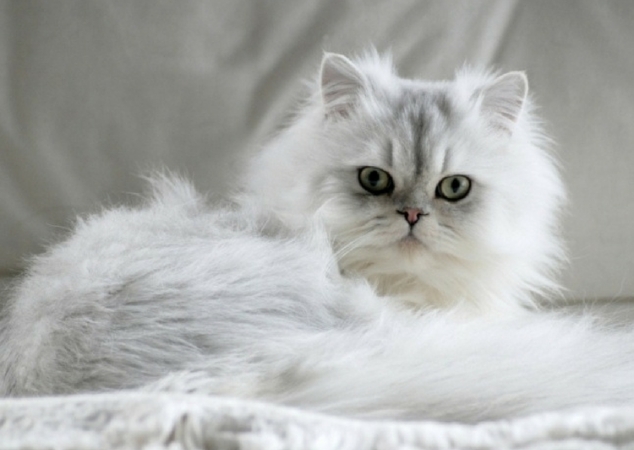
Torties have a mix of black and red and, sometimes, a hint of white in their fur. Like calicos, tortoiseshell cats are mostly females due to the X chromosome. Cornish Rex is among those breeds that have this fur color.

If you look at the cat colour chart, you’ll notice that color-point and seal-point cats are quite similar. A seal-point feline has a cream-toned body with a darker color on its ears, face, paws, and tail. You’ll see this often in Siamese and Ragdoll.
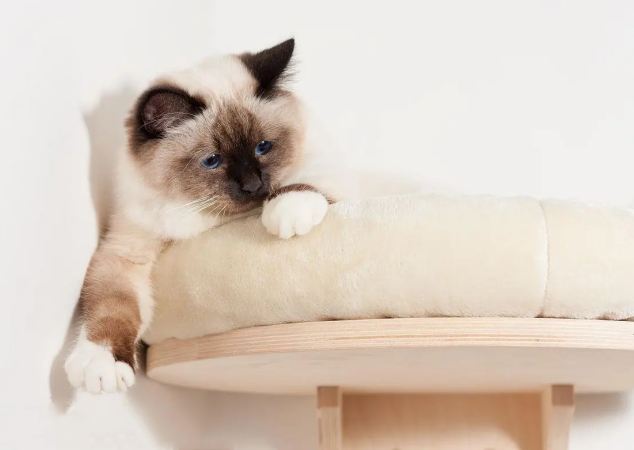
Cinnamon doesn’t just add spice to food but also to the cat color chart! Cats with this coat have a light brown fur with a hint of reddish-gold. This color comes from two recessive alleles for black, creating a diluted chocolate color. Abyssinian and Burmese are some of the cat breeds that have this coat.
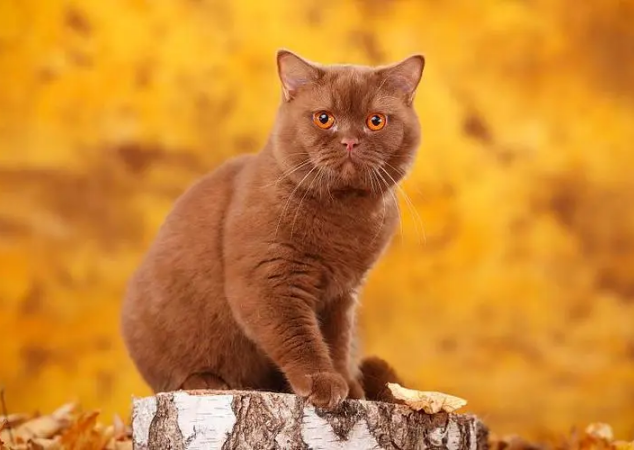
What happens when you combine a tabby with a tortie? You’ll get a torbie! Otherwise known as a “patched tabby,” torbie cats have a combination of striped and tortoiseshell patterns. They’re often seen in black and orange shades.
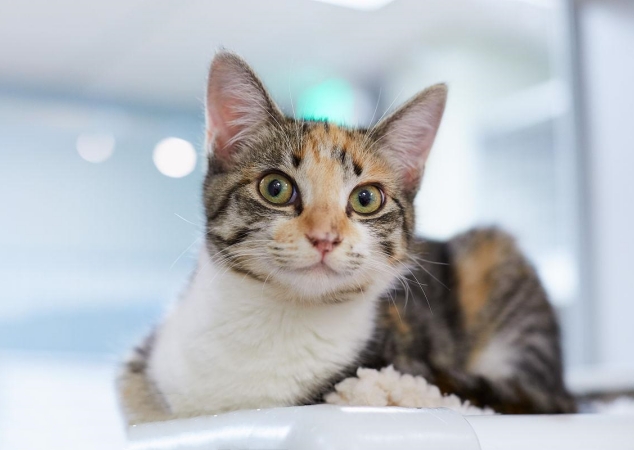
Have you seen a cat that looks like a mini leopard? That’s a rosette! This unique pattern in the cat coat color chart is distinguished by the rosette-shaped marking found in jaguars and leopards. This exquisite pattern, often seen in Bengals and Ocicats, is due to the genetic mutations that enhance the contrast between the dominant coat color and the darker spots.
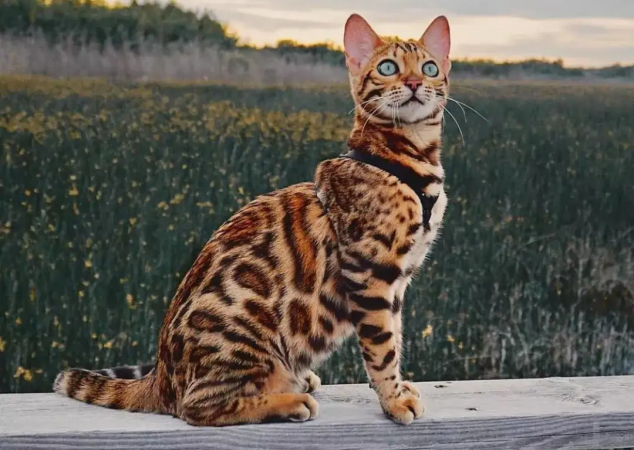
No, we’re not talking about Joker’s lover or a rock band from the 80s. The harlequin pattern has predominantly white fur with splashes of black or orange. Breeds like the Japanese Bobtail and the Turkish Van showcase this bold and unique pattern.
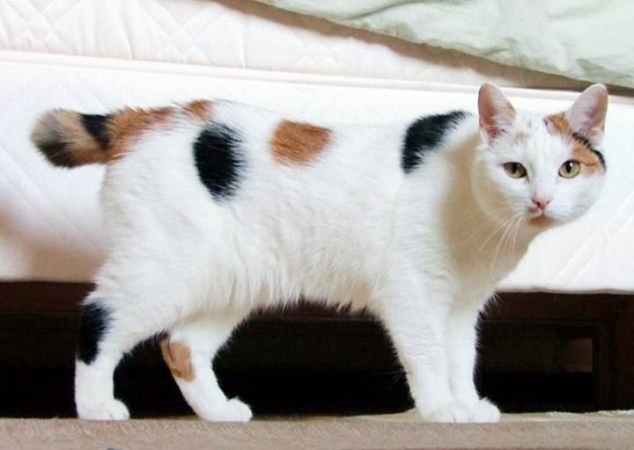
The Turkish Van has this coat pattern. With mostly white fur, this pattern also has splashes of a different color on the head and tail.
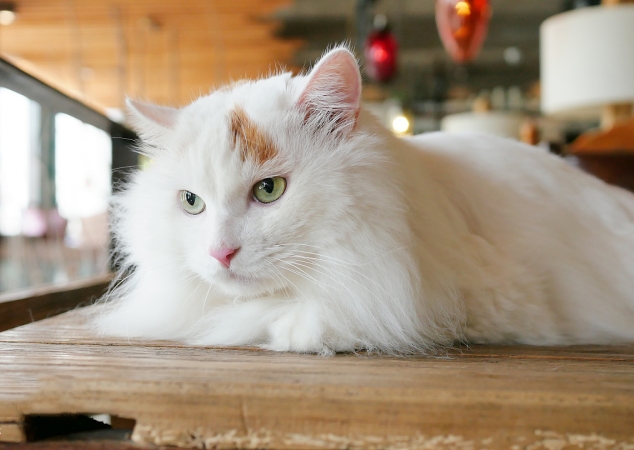
Last but certainly not least in the cat color chart are black cats. Real black felines have solid black fur from root to tip. Classic black breeds include the Bombay and the Scottish Fold.

Now that you know the different colors and patterns in the cat colors chart, you might wonder whether the color and pattern affect their personality. The truth is there’s no solid evidence if it directly impacts their temperament. However, some studies hint at the possibilities of this connection. For instance, some research suggested that orange, tortoiseshell, and bicolor cats are slightly more aggressive than other colors.
But remember that a cat’s behavior doesn’t rely on the cat color chart as the breed, genetics, and upbringing affect their personality. Hence, an orange cat doesn’t always have a feisty personality, and a black cat is snooty. The best way to know a cat’s behavior is to bond with them.
The cat color chart proves that a cat’s color and pattern aren’t one size fits all. While some might guess their personalities based on their fur color, cats, like humans, have different temperaments. So the next time you see a gorgeous tabby or a sleek black cat, remember their coat color is just one of the many things that make them remarkable.

